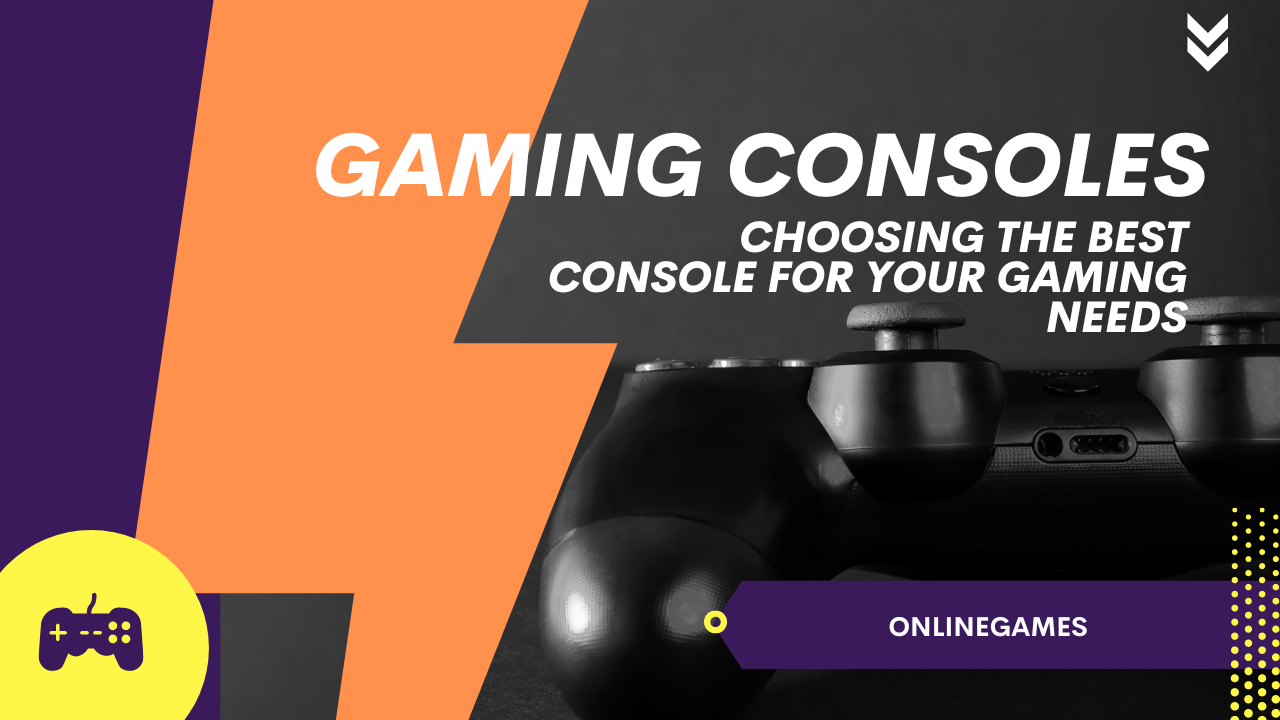Choosing the right wearable device can be a daunting task given the plethora of options available in the market today. From fitness trackers and smartwatches to smart jewellery and smart glasses, wearable technology has diversified significantly, catering to various needs and preferences. This comprehensive guide will help you navigate the world of wearable devices and find the one that best suits your lifestyle, health goals, and personal style.
Understanding Your Needs and Goals
Identify Your Primary Purpose
The first step in choosing a wearable device is to identify your primary purpose for getting one. Are you looking to track your fitness and health metrics, stay connected on the go, or simply accessorize with a touch of technology? Here are some common goals to consider:
- Fitness and Health Monitoring: If your main goal is to monitor your health and fitness, look for devices that offer comprehensive tracking features such as heart rate monitoring, sleep analysis, and activity tracking.
- Communication and Connectivity: For those who need to stay connected, smartwatches with features like message notifications, call handling, and mobile payments might be ideal.
- Fashion and Style: If you’re more interested in making a fashion statement, smart jewellery or stylish smartwatches with customizable designs may be the way to go.
Assess Your Lifestyle and Daily Routine
Consider how a wearable device will fit into your daily routine and lifestyle. Do you need a device that can withstand rigorous physical activities, or do you prefer something more discreet and elegant for everyday wear? Think about where and how often you will use the device to ensure it meets your needs:
- Active Lifestyle: If you’re frequently engaged in physical activities, opt for a durable, waterproof fitness tracker or smartwatch.
- Professional Setting: For a more professional look, consider a sleek, sophisticated smartwatch or smart jewellery that complements your work attire.
- Casual Use: If you prefer a casual, laid-back style, look for devices that are versatile and comfortable to wear all day.
Set Your Budget
Wearable devices come in a wide range of prices, from affordable fitness trackers to high-end smartwatches. Determine how much you are willing to spend and look for devices within your budget that offer the features you need. Remember to consider the long-term value and potential additional costs, such as app subscriptions or accessory upgrades.
Key Features to Consider
Health and Fitness Tracking
One of the most common uses for wearable devices is health and fitness tracking. Depending on your goals, look for devices that offer the following features:
- Heart Rate Monitoring: Provides real-time heart rate data, useful for tracking exercise intensity and overall cardiovascular health.
- Sleep Tracking: Analyzes sleep patterns and quality, helping you understand and improve your sleep habits.
- Activity Tracking: Monitors steps, distance, and calories burned, encouraging you to stay active throughout the day.
- GPS Tracking: Ideal for outdoor activities such as running or cycling, providing accurate distance and location data.
- Specialized Sensors: Some advanced wearables include sensors for tracking metrics like blood oxygen levels, stress, and ECG readings.
Connectivity and Smart Features
For those who want to stay connected and manage daily tasks more efficiently, consider wearables with the following smart features:
- Notifications: Receive alerts for calls, messages, emails, and app notifications directly on your device.
- Voice Assistants: Access digital assistants like Siri, Google Assistant, or Alexa for hands-free operation.
- Mobile Payments: Use your device for contactless payments with services like Apple Pay, Google Pay, or Samsung Pay.
- Music Control: Stream and control music from your wearable without needing your phone.
- Apps and Integrations: Ensure the device supports the apps you frequently use and can integrate with other smart devices.
Design and Comfort
The design and comfort of a wearable device are crucial, as you’ll likely be wearing it for extended periods. Consider the following aspects:
- Form Factor: Choose a design that suits your style, whether it’s a sleek smartwatch, a discreet fitness band, or a piece of smart jewellery.
- Comfort: Ensure the device is comfortable to wear, especially for activities like sleeping or exercising. Look for adjustable straps and lightweight materials.
- Customizability: Some wearables offer interchangeable bands or customizable watch faces, allowing you to personalize the device to match your style.
Battery Life and Charging
Battery life can vary significantly between devices, so consider how often you’re willing to charge your wearable. Key points to consider include:
- Battery Life: Look for devices with battery life that matches your usage patterns. Fitness trackers often have longer battery life compared to feature-rich smartwatches.
- Charging Convenience: Check if the device offers convenient charging options, such as wireless charging or quick charging capabilities.
- Usage Time: Consider how long the battery lasts under typical usage, including using features like GPS or continuous heart rate monitoring.
Compatibility and Ecosystem
Ensure the wearable device is compatible with your existing devices and preferred ecosystem. Key considerations include:
- Operating System Compatibility: Check if the device is compatible with your smartphone’s operating system (iOS, Android, etc.).
- App Ecosystem: Evaluate the quality and variety of apps available for the device, and whether they meet your needs.
- Integration with Other Devices: Consider how well the wearable integrates with other smart devices you use, such as smart home systems or fitness equipment.
Popular Types of Wearable Devices
Smartwatches
Smartwatches are versatile devices that combine fitness tracking with smart features like notifications, apps, and voice assistants. They are suitable for those who want an all-in-one wearable that can handle various tasks. Popular options include:
- Apple Watch: Known for its seamless integration with iOS devices, advanced health features, and extensive app ecosystem.
- Samsung Galaxy Watch: Offers a robust set of features, including health tracking and compatibility with both Android and iOS devices.
- Garmin Venu: Ideal for fitness enthusiasts, with comprehensive activity tracking and a focus on health metrics.
Fitness Trackers
Fitness trackers are designed primarily for monitoring health and fitness activities. They are typically more affordable and have longer battery life compared to smartwatches. Popular options include:
- Fitbit Charge: Offers detailed activity tracking, heart rate monitoring, and sleep analysis with a user-friendly app.
- Xiaomi Mi Band: Provides essential fitness tracking features at an affordable price, with a lightweight design.
- Garmin Vivosmart: Combines advanced health monitoring with a slim and comfortable design, perfect for daily wear.
Smart Jewelry
Smart jewellery blends technology with fashion, offering discreet and stylish ways to stay connected and monitor health. Popular options include:
- Oura Ring: Tracks sleep, activity, and readiness with a sleek, ring-shaped design.
- Bellabeat Leaf: A stylish piece of jewellery that monitors activity, sleep, and stress levels, with an emphasis on women’s health.
- Motiv Ring: Offers comprehensive fitness tracking and heart rate monitoring in a compact, ring form factor.
Smart Glasses
Smart glasses provide a hands-free way to access information and interact with digital content through augmented reality. Popular options include:
- Ray-Ban Stories: Offers a stylish design with built-in cameras and speakers for capturing photos and listening to music.
- Bose Frames: Combines high-quality audio with fashionable eyewear, ideal for listening to music on the go.
- Vuzix Blade: Provides AR capabilities with a transparent display for navigation, notifications, and other applications.
Tips for Making the Final Decision
Read Reviews and Test Devices
Before making a purchase, read reviews from trusted sources and, if possible, test the device in-store. Reviews can provide insights into the device’s performance, usability, and reliability, helping you make an informed decision.
Consider Long-Term Usability
Think about the long-term usability of the device. Will it continue to meet your needs as technology advances? Consider the device’s upgrade options, compatibility with future technologies, and support for software updates.
Check Warranty and Support
Ensure the device comes with a reliable warranty and access to customer support. This will give you peace of mind in case of any issues or defects, and assure you that you can get help if needed.
Evaluate Data Privacy and Security
Given the sensitive nature of health and personal data collected by wearables, evaluate the device’s privacy and security measures. Look for devices that offer robust data encryption, user control over data sharing, and transparent privacy policies.
Finding Your Perfect Wearable
Choosing the right wearable device involves understanding your needs, evaluating key features, and considering factors like design, compatibility, and long-term usability. Whether you’re looking for a fitness tracker, a smartwatch, or a piece of smart jewellery, the right wearable can enhance your lifestyle, improve your health, and keep you connected in style. By following this guide, you’ll be well-equipped to find the perfect wearable that meets your needs and complements your lifestyle.










